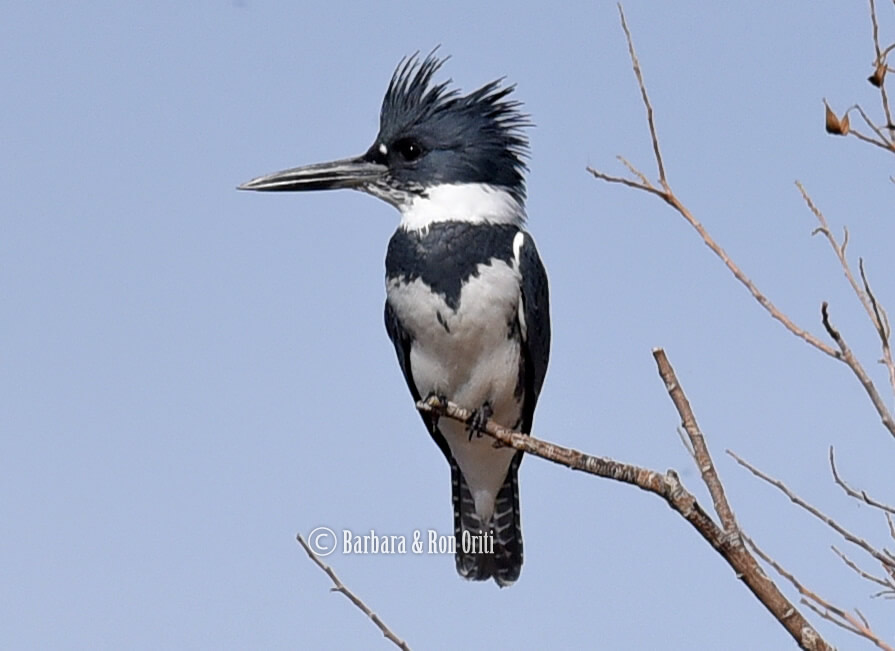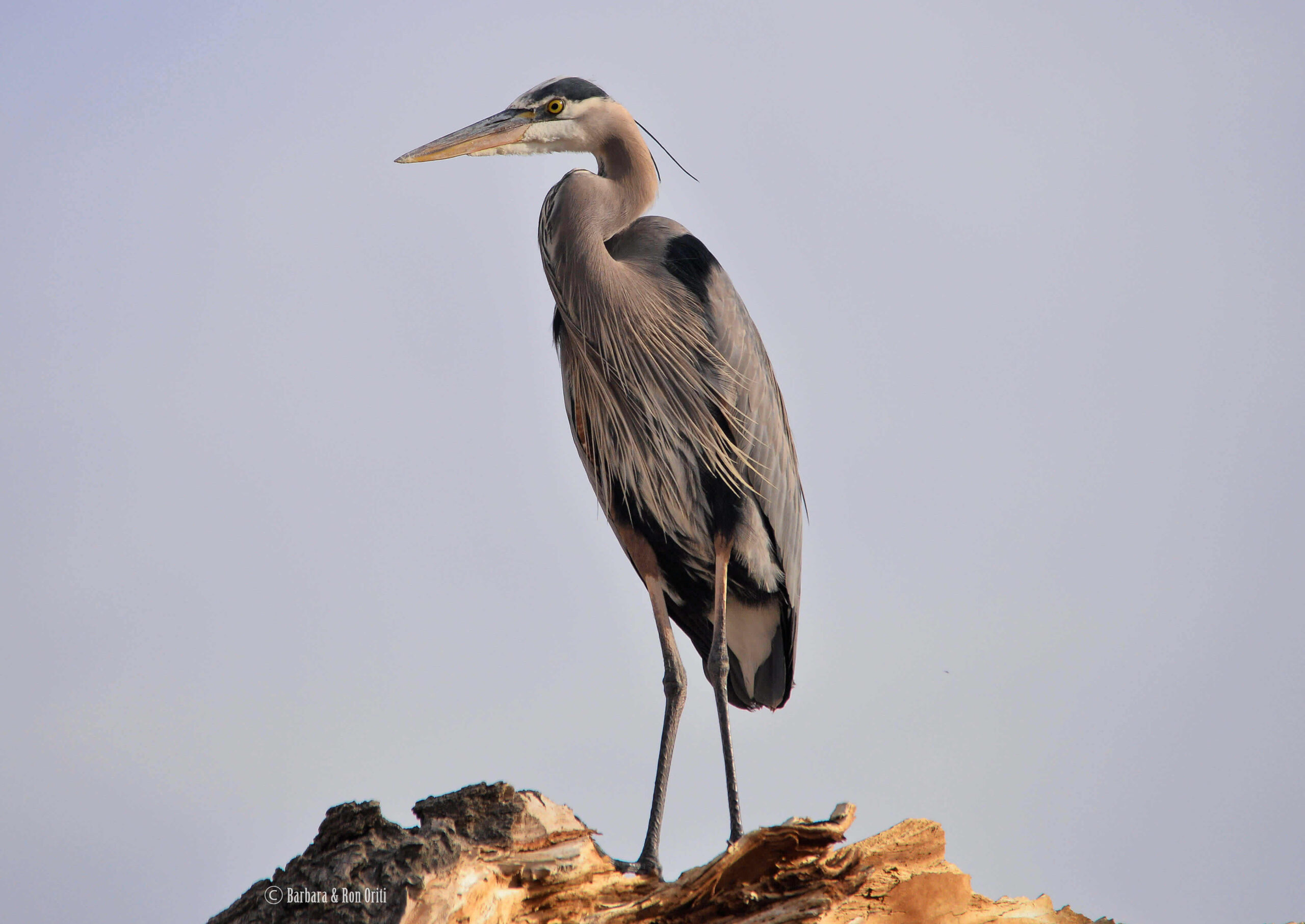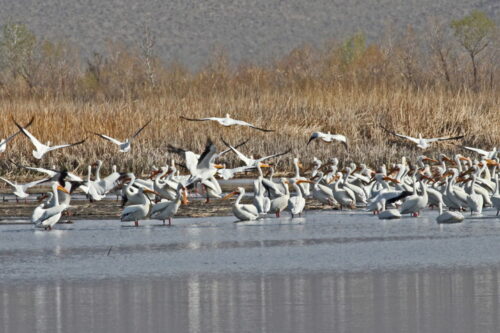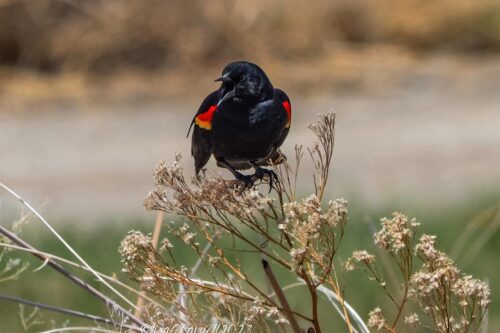Give The Gift Of Birding
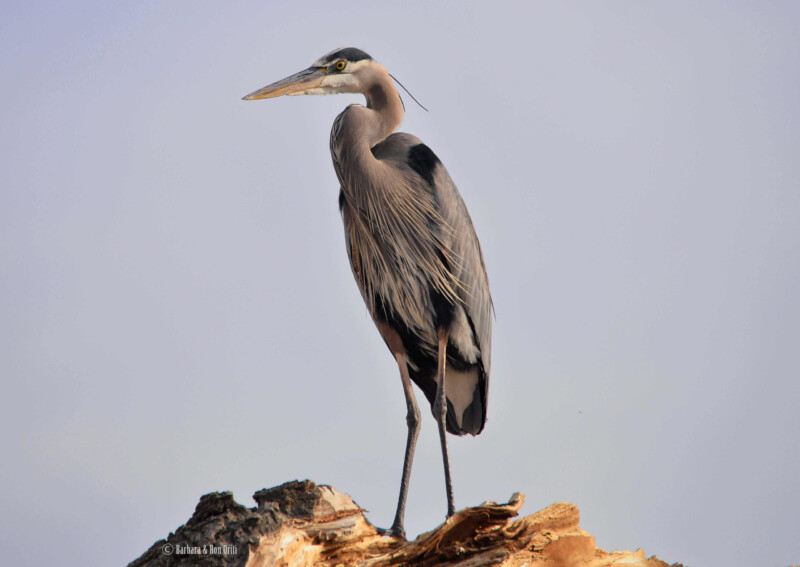
When I was a kid, I still remember trips to my grandparents’ lakeside cabin. My grandfather would sit out on the porch looking at all the birds flying around their bird feeder. And next to him, a handy Smithsonian Handbooks: Birds of America. Suddenly a big smile would unfurl, and he’d hand me his pair of favorite binoculars. He’d excitedly point out a rare bird that came to eat. It was these moments with him I cherish the most from my childhood. Visitors and residents alike are fortunate that Bishop’s Big Backyard is the perfect place to go birdwatching and create these types of memories that will last a lifetime.
Birding Versus Birdwatching
My grandfather was an enthusiastic lover of ornithology or the study of birds. Throughout summer, he’d spend each meal on their deck enjoying his food while birdwatching. For his daily constitutional throughout the forests, he’d bring his book and his binoculars. Always on the lookout for unique birds he never saw before. He loved learning the bird songs. Depending on who you ask, he could still be considered a birdwatcher. The difference between birding and birdwatching is how dedicated you are to the activity. Birders are competitive. Some drop everything if they hear about a rare species in a region and drive hours to see it.
Birds Of Bishop
Regardless of if you’re a birder or birdwatcher, Bishop is a big thoroughfare for migrating birds in the spring and fall as well as a year-round home for many others. From mallards to raptors, here’s a few of our personal favorites that you should keep your eyes peeled for:
Belted Kingfisher
Their preferred habitat is along streams and shorelines. It is one of the few bird species in which the female is more brightly colored than the male.
Western Meadowlark
Foraging in open grasslands, meadows and fields of low-growing vegetation, or along marshes and road edges with sparse cover. Using a feeding behavior called “gaping,” inserting their bill into bark or other substrate, then force it open to create a hole. This gives them access to insects and other food items.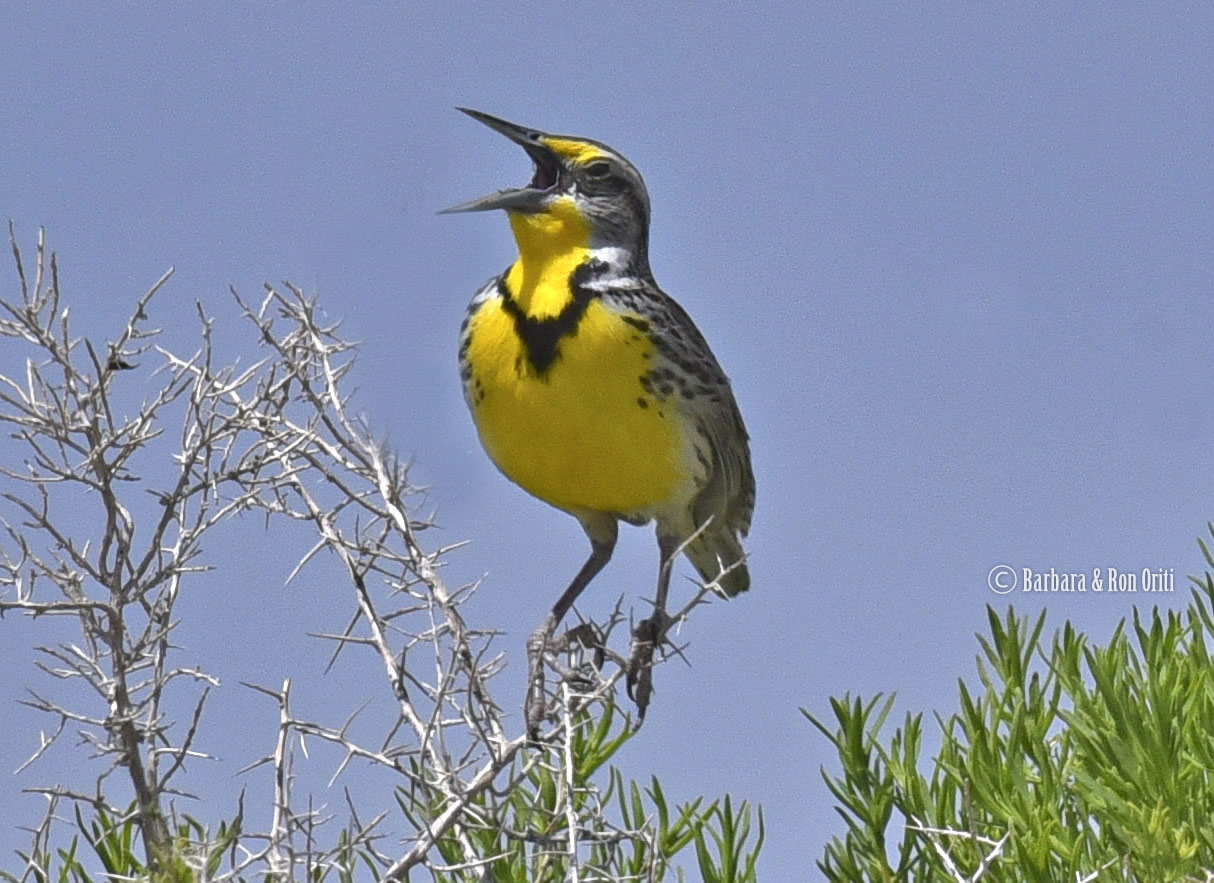
Great Blue Heron
Typically poised at a river bend or cruising the coastline with slow, deep wingbeats, the Great Blue Heron is a majestic sight. Despite being huge in size due to their hollow bones, they only weigh 5-6 pounds.
Learn where to go to see these and many other species by visiting our Birding Guide homepage. Or better yet, download this map and bring it with you.
